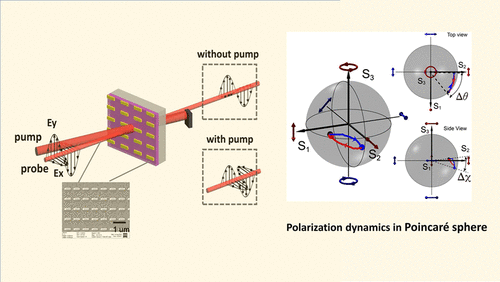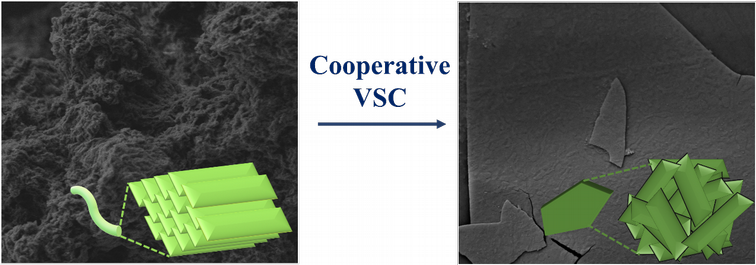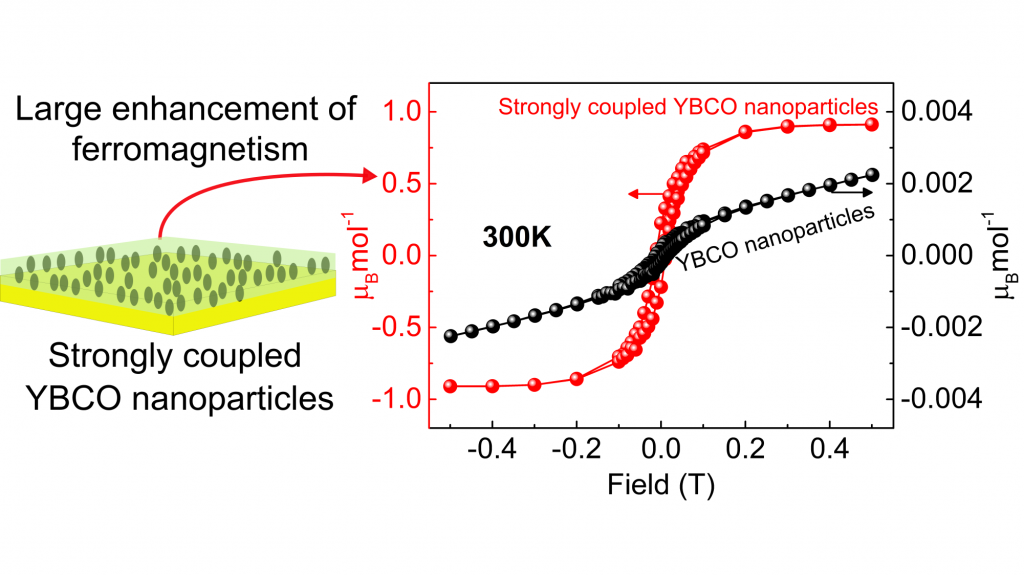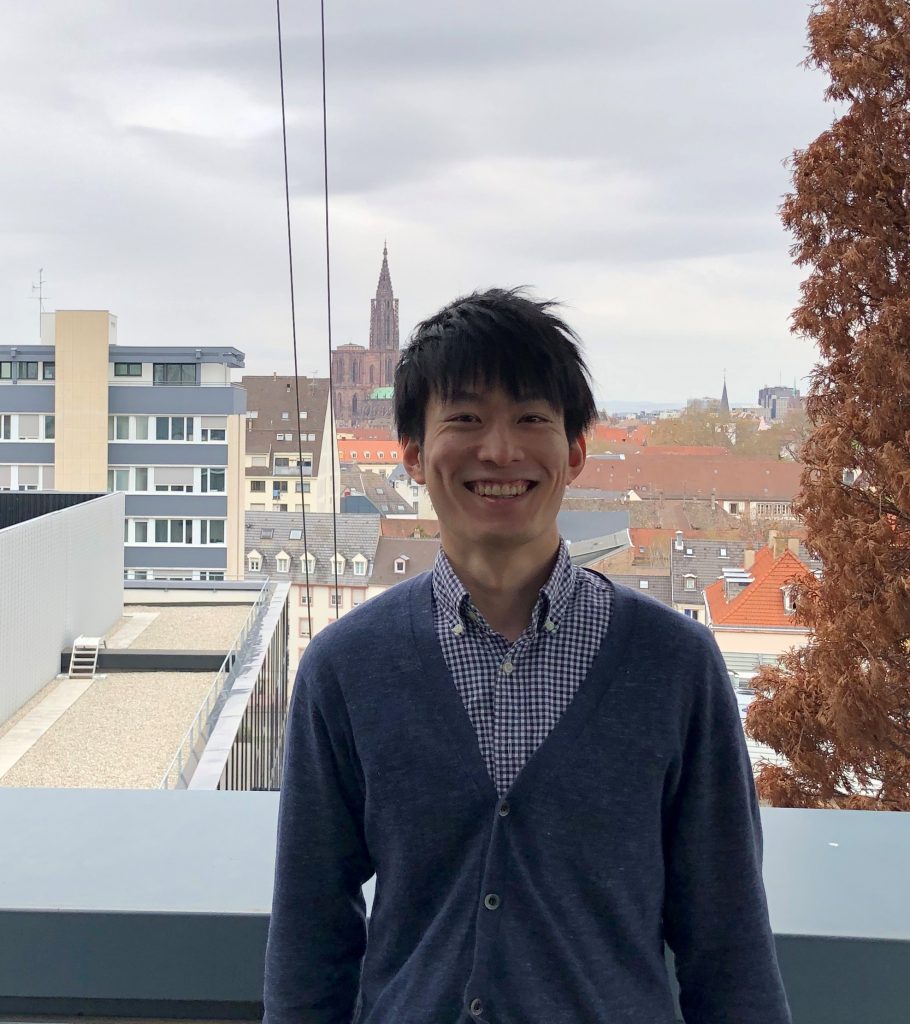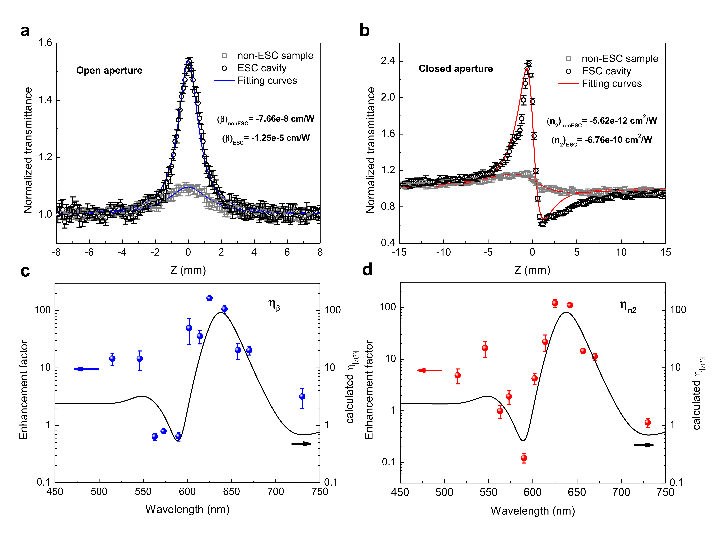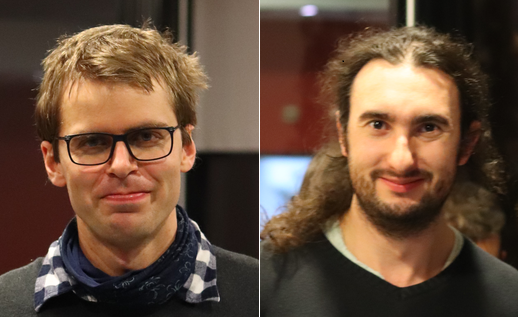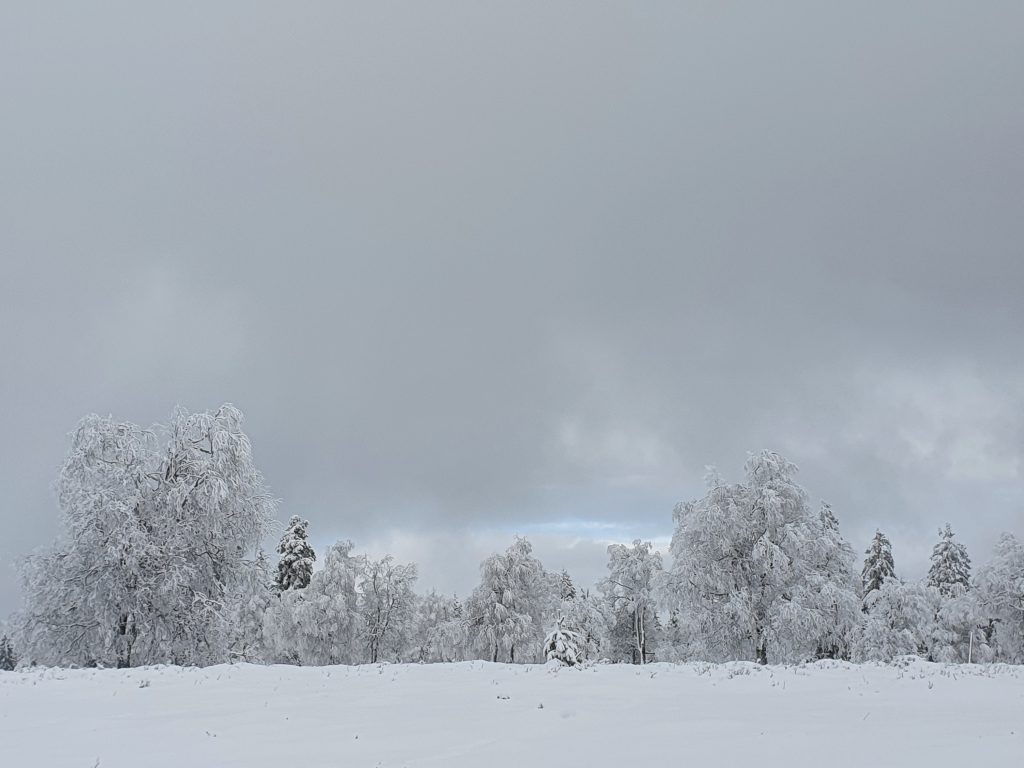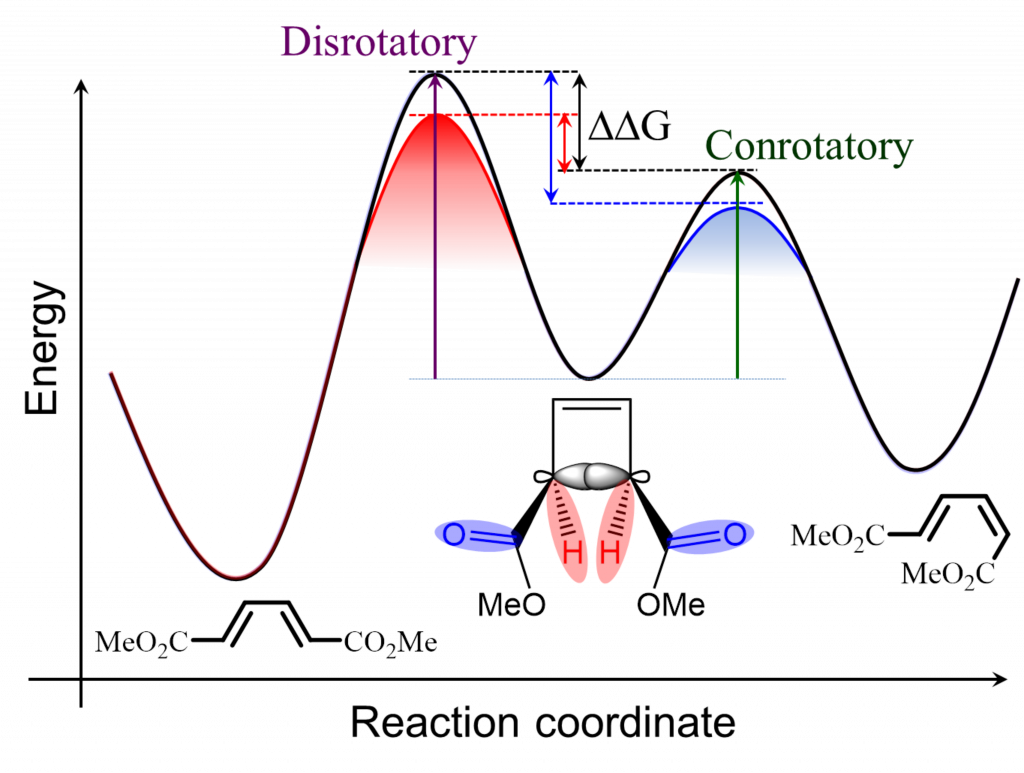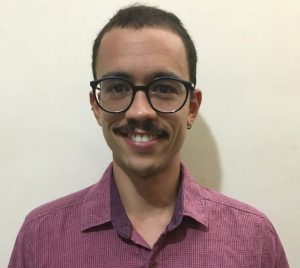A new publication, presenting results obtained in collaboration with National Taiwan Normal University and Shanghai Jiao Tong University just appeared in ACS Photonics. We achieved ultrafast polarization of light by combining the anisotropic optical nonlinear response of ITO at its epsilon-near-zero region with a plasmonic nanoantennas array, at their polarization-sensitive resonance. A rotation of light polarization of more than 30° is obtained together with a π/7 phase change within 600fs. Such a large anisotropic nonlinearity is a significant step towards the realization of ultrafast polarization modulators and phase retarders.

